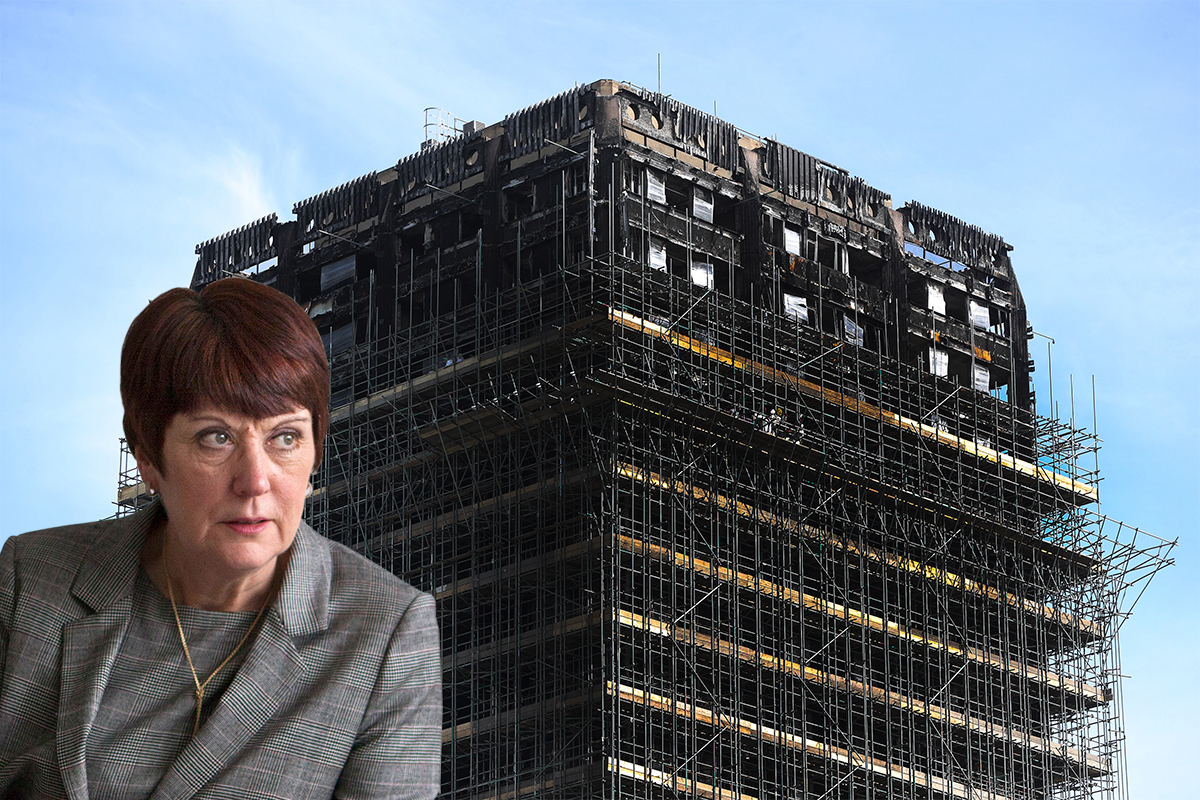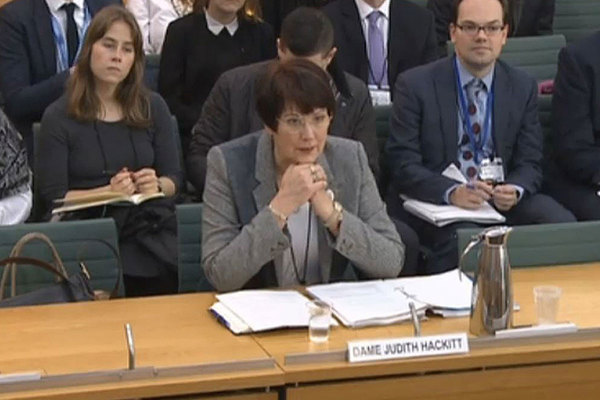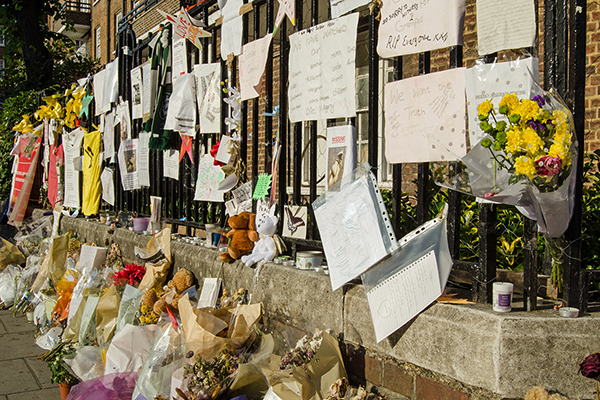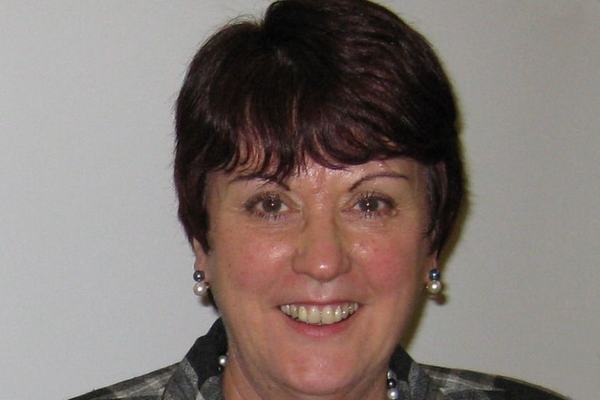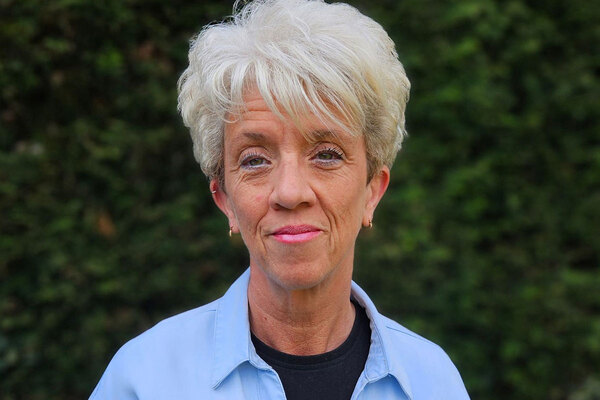You are viewing 1 of your 1 free articles
The Hackitt Review: key recommendations at a glance
Inside Housing breaks down the key areas of the final report from Dame Judith Hackitt’s review of building regulations
Tower blocks
Dame Judith Hackitt’s report, as tipped by Inside Housing, recommends a “new regulatory regime” for tower blocks. However, in a somewhat surprising move, this new regime will only apply to buildings with 10 or more storeys. The report does not specify why this particular threshold has been chosen.
Up until now, building regulation guidance has drawn a distinction between buildings with fewer than six storeys and those with six or more, recommending that greater care be taken for fire safety on taller buildings.
Some have suggested that this places unnecessary risk on buildings with five storeys, and there have been calls for the limit to be reconsidered.
This would not remove current requirements for buildings with between six and nine storeys, but would leave in place the current framework. It is important, therefore, to note that the new changes apply only to buildings above 10 storeys.
Banning combustible materials
Despite numerous groups calling on Dame Judith to ban combustible material in cladding systems, her final report has stopped short of calling for such a measure.
She writes: “A totally prescriptive system creates an over-reliance on the system by those working within it, discouraging ownership and accountability for decisions.”
The report adds: “The aim of this review is to move away from telling those responsible [for tower blocks] ‘what to do’ and place them in a position of making intelligent decisions about the layers of protection required to make their particular building safe.”
However, after widespread outcry over this decision, the government decided to ignore Dame Judith’s suggestion and potentially do the opposite – announcing a consultation on banning combustibles just hours after her review was published.
Large-scale testing regime
To reform the large-scale cladding testing regime, Dame Judith recommends that test houses should produce an annual report providing summary details of tests carried out and the number of passes and failures.
She does not, however, recommend any new oversight to the testing regime or that reports should be made public. At present, test reports are considered commercially confidential.
So-called ‘desktop studies’ have been used by industry to clear untested materials for use by extrapolating results from previous tests. Many groups, including MPs from five political parties, have called for this controversial practice to be banned.
This report stops short of a ban, but recommends that desktop studies should only be carried out by organisations accredited to run large-scale tests. The Building Research Establishment (BRE) runs the only large-scale cladding testing facility in the UK, so it would likely take on much of this work.
One aspect of desktop studies that has been criticised in the past is the substitution of products. For example, despite only one kind of aluminium cladding being subject to a large-scale test, numerous kinds have been cleared for use by desktop studies.
Dame Judith appears to sanction the substitution of products in limited circumstances, recommending only the “significantly reduced scope for substitution of any products used in a system without further full testing”.
Building control
Before Grenfell, many in the building industry have claimed, the privatisation of building control had led to a ‘race to the bottom’.
Dame Judith acknowledges this problem. She proposes that private ‘approved inspectors’ can still be used, but if they provide regulatory oversight they must be independent of builders, as opposed to the current system, which many have said amounts to builders choosing their own regulators.
The report recommends the rebranding of the Local Authority Building Control as ‘Local Authority Building Standards’.
This new body would have additional powers to issue ‘stop’ notices to builders, require changes to building work and work with an increased time limit for bringing prosecutions.
Builders would also be required to prove safety to building control more regularly than is currently the case: before getting planning permission, again before starting work, again before the building is occupied and regularly after occupation.
Approved Document B
Approved Document B is the government’s official guidance on how to comply with building regulations on fire safety. According to Dame Judith, the government is currently working with the Building Regulations Advisory Committee and industry experts to redraft the document, including “clarifying the language used”.
This could be aimed at removing some of the ambiguities around the use of combustible materials in cladding, although Dame Judith has denied that there is any room for interpretation of the document around that point.
The report also recommends the publication of a new “over-arching Approved Document” that would cover how different parts of a building interact with each other.
Fire risk assessments
Before Grenfell, the vast majority of fire risk assessments were only ‘category one’, meaning they only looked at common parts, not including cladding, and did not look inside walls.
They were to be carried out by ‘competent persons’, but regulations provided no specific definition of competency, which has led, according to the Fire Protection Association, to hundreds of unregistered fire risk assessors operating in the UK.
Despite significant criticism of this system, Dame Judith does not recommend any change to the category one practice. She adds that government should not decide what makes a competent person.
One of her recommendations is that professional bodies should come up with set criteria for competence, but she stops short of saying that certification by one of these bodies should be compulsory.
What is the Hackitt Review?
Following the Grenfell Fire in June, which killed 71 people, questions were raised about the part that building regulations played in the tragedy.
On 28 July, Amber Rudd, the home secretary, and Sajid Javid, the communities secretary, commissioned Dame Judith Hackitt to conduct a review into building regulations and fire safety.
The review, which is being carried out independently of government, has a particular focus on regulations as they apply to high-rise residential buildings.
The review's interim findings were reported in December 2017.
Who is Dame Judith Hackitt?
Dame Judith is an engineer with extensive experience in the chemicals industry and former civil servant. She formerly chaired watchdog the Health and Safety Executive and is currently chair of manufacturing trade body EEF.
In 2006, she was awarded the Commander of the Order of the British Empire (CBE) for services to health and safety and in 2016 was named Dame Commander of the Order of the British Empire (DBE).
Never Again campaign
In the days following the Grenfell Tower fire on 14 June 2017, Inside Housing launched the Never Again campaign to call for immediate action to implement the learning from the Lakanal House fire, and a commitment to act – without delay – on learning from the Grenfell Tower tragedy as it becomes available.
One year on, we have extended the campaign asks in the light of information that has emerged since.
Here are our updated asks:
GOVERNMENT
- Act on the recommendations from Dame Judith Hackitt’s review of building regulations to tower blocks of 18m and higher. Commit to producing a timetable for implementation by autumn 2018, setting out how recommendations that don’t require legislative change can be taken forward without delay
- Follow through on commitments to fully ban combustible materials on high-rise buildings
- Unequivocally ban desktop studies
- Review recommendations and advice given to ministers after the Lakanal House fire and implement necessary changes
- Publish details of all tower blocks with dangerous cladding, insulation and/or external panels and commit to a timeline for remedial works. Provide necessary guidance to landlords to ensure that removal work can begin on all affected private and social residential blocks by the end of 2018. Complete quarterly follow-up checks to ensure that remedial work is completed to the required standard. Checks should not cease until all work is completed.
- Stand by the prime minister’s commitment to fully fund the removal of dangerous cladding
- Fund the retrofitting of sprinkler systems in all tower blocks across the UK (except where there are specific structural reasons not to do so)
- Explore options for requiring remedial works on affected private sector residential tower blocks
LOCAL GOVERNMENT
- Take immediate action to identify privately owned residential tower blocks so that cladding and external panels can be checked
LANDLORDS
- Publish details of the combinations of insulations and cladding materials for all high rise blocks
- Commit to ensuring that removal work begins on all blocks with dangerous materials by the end of 2018 upon receipt of guidance from government
- Publish current fire risk assessments for all high rise blocks (the Information Commissioner has required councils to publish and recommended that housing associations should do the same). Work with peers to share learning from assessments and improve and clarify the risk assessment model.
- Commit to renewing assessments annually and after major repair or cladding work is carried out. Ensure assessments consider the external features of blocks. Always use an appropriate, qualified expert to conduct assessments.
- Review and update evacuation policies and ‘stay put’ advice in the light of risk assessments, and communicate clearly to residents
- Adopt Dame Judith Hackitt’s recommended approach for listening to and addressing tenants’ concerns, with immediate effect
CURRENT SIGNATORIES:
- Chartered Institute of Housing
- G15
- National Federation of ALMOs
- National Housing Federation
- Placeshapers
